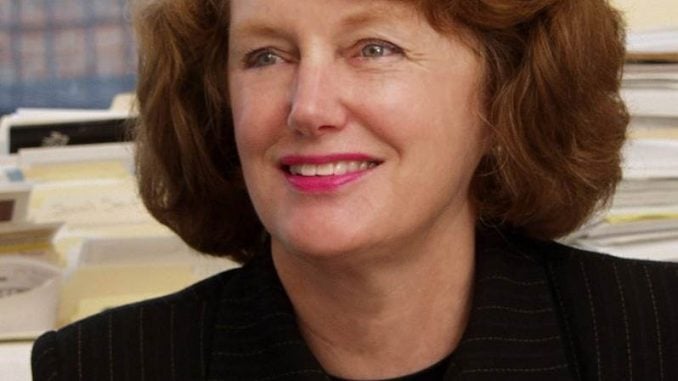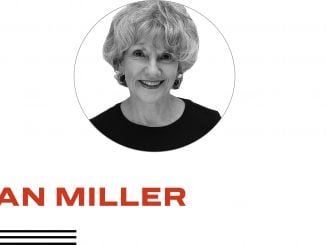
Americans have health on their minds. Nearly four in 10 voters think health care is the most important policy issue our country faces.
Some lawmakers — including several Democratic presidential candidates — think a government takeover of the nation’s health insurance system is the answer.
But Medicare for All isn’t what voters are looking for. It would drive doctors from the profession and cripple hospitals. Fewer of America’s brightest students will pursue medicine. Ultimately, Medicare for All would make it harder for patients to gain access to care.
Already, the United States is facing shortages in the supply of health care. Our nation will be short more than 120,000 doctors by 2032. Rural and underserved communities will be hit hardest.
In many ways, this is a stress-driven shortage. More than four in 10 physicians report being burnt out. Around half plan to change career paths. A similar proportion wouldn’t recommend that their children go into medicine.
A survey of physicians found that “bureaucratic tasks” were the most common contributor to burnout. More than one-third cited long hours as a stressor; a similar share pointed to insufficient pay. Two of every 10 doctors said government regulations contribute to burnout.
Medicare for All would make these problems worse. A government takeover of health care would smother doctors in new bureaucratic tasks. Meanwhile, patients would consume even more care, now that it’s free. Doctors would have to work longer hours to meet that demand.
And they’d do so for less pay. Medicare for All envisions paying doctors at Medicare’s rates, which are significantly lower than those for private insurance. Physicians would receive about 30 percent less for procedures including hernia repairs or gallbladder removals, compared to current private rates. Reimbursement rates for emergency visits and chest X-rays would be 60 percent lower.
Asking doctors to treat more patients for less money is no way to address the looming physician shortage. Practicing doctors will leave the profession, and budding doctors will consider other lines of work.
Hospitals would also see revenues decline under Medicare for All. Currently, hospitals receive just 87 cents for every dollar they spend on Medicare patients. Over two-thirds of hospitals lose money on Medicare inpatient services.
Hospitals depend on private insurers to stay in the black. By eliminating private insurance, Medicare for All will deprive hospitals of the revenue they need to balance their books. One study estimates hospitals will lose $151 billion in annual revenue under Medicare for All.
Hospitals would likely have to cut staff or eliminate services. Some might close entirely. Already, one-fifth of rural hospitals are in such poor condition that they are at risk of closing.
These dire scenarios are not hypothetical. They’re the reality in single-payer systems in other countries.
In the United Kingdom’s National Health Service, a majority of general practitioners said in 2017 they felt pressure due to long working hours, increasing workloads and burdensome paperwork. Two in five planned to leave direct patient care by 2022. That’s twice as many as were planning to quit in 2005.
Many British hospitals lack the funds to replace outdated and low-quality equipment.
Voters are right to focus on health care. But if Democrats interpret that level of interest as an opportunity to sell Medicare for All, they’ll be sorely disappointed.
Sally C. Pipes is president, CEO and Thomas W. Smith Fellow in Health Care Policy at the Pacific Research Institute. Her latest book is “The False Promise of Single-Payer Health Care” (Encounter). Follow her on Twitter @sallypipes. This piece originally ran in The Oklahoman.



